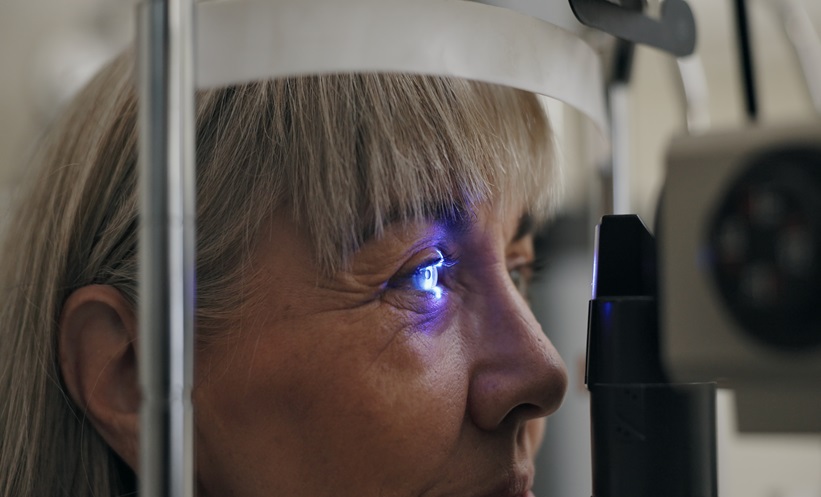TRANSPLANTING induced pluripotent stem cell -derived corneal epithelium (iCEPS) offers a promising therapeutic option for restoring vision in patients with limbal stem cell deficiency (LSCD).
Limbal stem cell deficiency (LSCD) is a severe condition that impairs vision by disrupting the normal function of corneal stem cells, leading to corneal opacity and fibrotic tissue growth. Limbal stem cells are responsible for generating corneal epithelium, crucial for maintaining a clear, smooth eye surface. Traditional treatments, such as grafts from healthy eye tissue or donor tissue, often face limitations, including the risk of rejection or loss of healthy tissue. Recently, researchers at Osaka University conducted the first human trial of a new treatment using iCEPS derived from induced pluripotent stem cells to restore corneal health in LSCD patients, presenting an innovative approach to combat this complex condition.
This single-arm, open-label study enrolled four LSCD patients, each receiving iCEPS transplants after the removal of fibrotic tissue from the affected eye. The transplants were performed without human leukocyte antigen (HLA) matching, a significant advancement potentially reducing the need for extensive immunosuppression. Two patients were given low-dose cyclosporine, a common anti-rejection medication, while the other two received only corticosteroids. Over a two-year follow-up, researchers observed 26 minor adverse events and no severe side effects, such as rejection or tumour development. Notably, all patients showed significant vision improvements, with disease severity reducing in three cases. A fourth patient initially improved but regressed after one year, likely due to pre-existing conditions. Quality-of-life assessments showed enhanced scores, correlating with these visual gains.
The results highlight iCEPS transplantation as a safe, effective way to restore functional vision and reduce LSCD severity, offering substantial lifestyle improvements for affected patients. The potential for using iCEPS without HLA matching is particularly noteworthy, as it may simplify treatment protocols and broaden access. Low-dose cyclosporine appears beneficial, potentially addressing subclinical immune responses. Building on this success, the researchers plan a larger multicentre clinical trial to assess the therapy’s efficacy on a wider scale, aiming to establish it as a standard option in clinical practice for LSCD treatment.
Reference
Soma T et al. Induced pluripotent stem-cell-derived corneal epithelium for transplant surgery: a single-arm, open-label, first-in-human interventional study in Japan. Lancet. 2024;DOI:10.1016/S0140-6736(24)01764-1.








